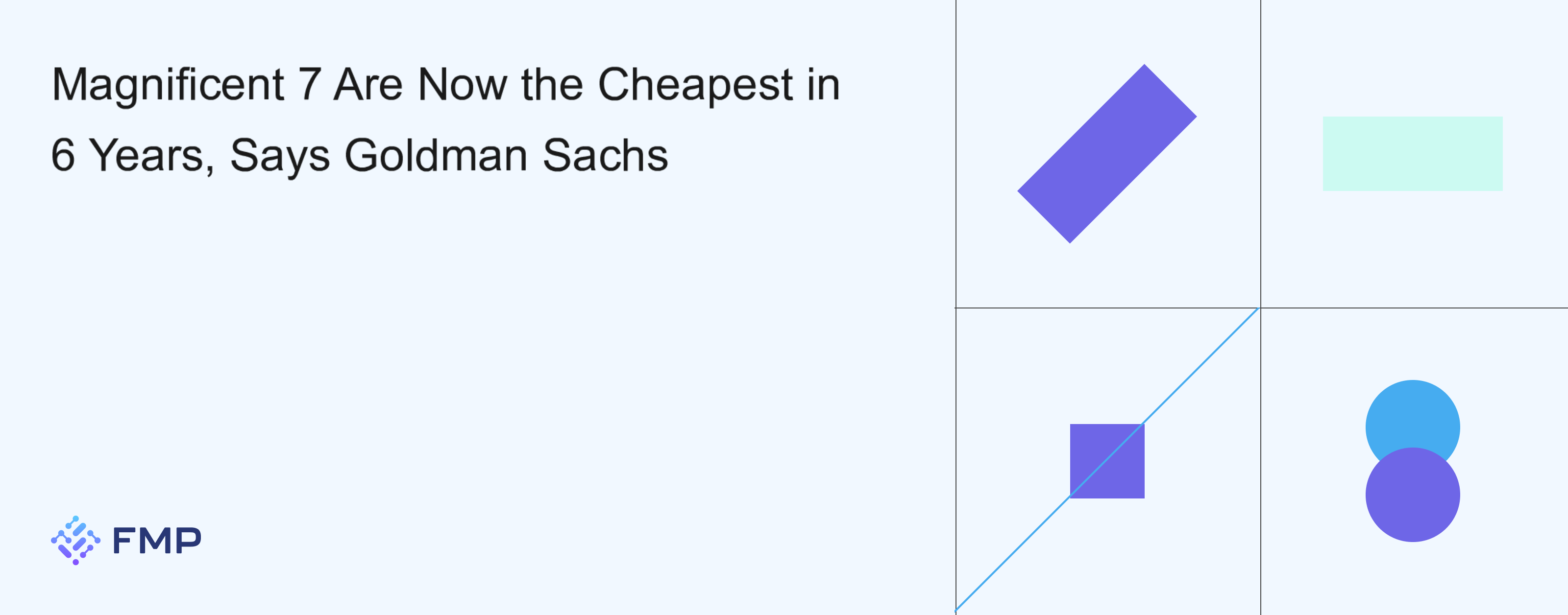
Big Tech stocks—also known as the Magnificent 7—are trading at their lowest relative valuations in over six years, according to Goldman Sachs’ chief strategist David Kostin. Despite outperforming on earnings, the group’s valuation premium over the other 493 S&P 500 stocks has dropped to its lowest level since 2018.
Currently, the Magnificent 7 trade at a forward P/E ratio of 28, compared to 20 for the broader index. This 43% premium is in just the 30th percentile of the past decade, a sharp contraction from prior years. For investors analyzing relative sector performance and valuation, the Sector P/E Ratio data helps benchmark these shifts in real-time.
“The median Magnificent 7 stock currently trades at a modest valuation discount to what our cross-sectional valuation model would imply,” Kostin noted, referencing key fundamentals like earnings growth and balance sheet strength.
Earnings Remain Strong, But Price Momentum Lags
Despite recent share price underperformance, the group’s Q1 earnings showed robust strength. Excluding Nvidia (NASDAQ:NVDA), which is yet to report, the group recorded 28% year-over-year EPS growth, far outpacing the 9% growth seen in the rest of the index. That’s a 16% earnings beat, the largest since Q2 2021.
These trends are clearly visible in high-frequency Earnings Historical data, which tracks beat rates and YoY growth across market leaders.
Looking forward, Kostin forecasts continued outperformance from the Magnificent 7 in 2025, as the broader U.S. economy slows. Elevated interest rates are expected to pressure small and mid-cap firms disproportionately due to their weaker balance sheets.
Still, Kostin warns the earnings gap is narrowing—from 32 percentage points in 2024 to just 2 points by 2026. Yet, he acknowledges past patterns where actual results have outpaced consensus estimates, suggesting upside surprises may still occur.
Mid-Caps: Undervalued with Long-Term Upside?
Despite near-term headwinds, Goldman sees long-term value in mid-cap stocks. Historically, mid-caps have delivered faster earnings growth and better risk-adjusted returns, and currently trade at discounted valuations compared to large-caps.
As investors re-evaluate risk-reward trade-offs, the rotation into quality mid-caps could gain steam—especially if macroeconomic volatility persists into 2025.

